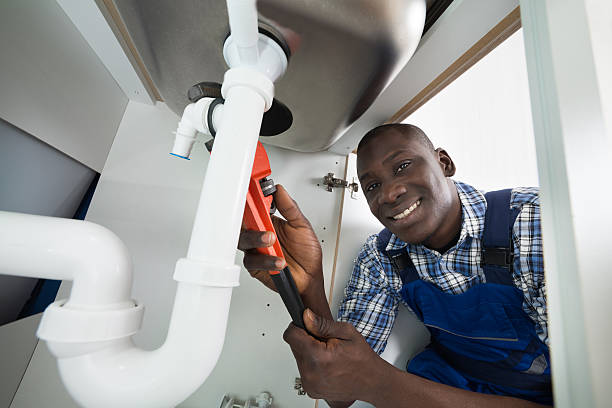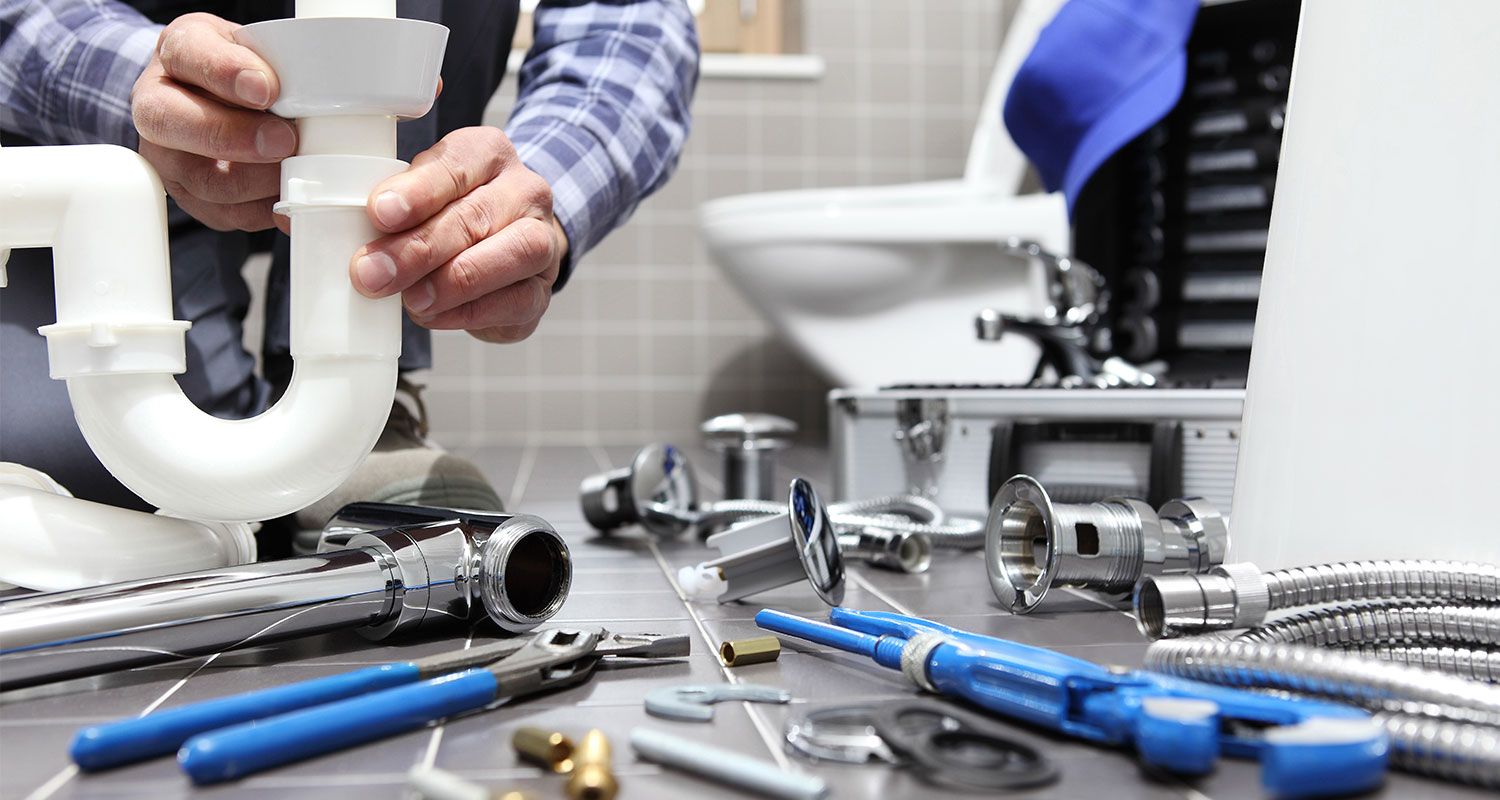Fast and Effective Drain Cleaning Alabaster AL Services Available
Fast and Effective Drain Cleaning Alabaster AL Services Available
Blog Article
A Detailed Guide to Reliable Hot Water Heater Installation for Optimal Performance
Getting started on the job of setting up a water heating system is a venture that demands accuracy and an organized method for accomplishing optimum performance. As you proceed, the complexities of attaching water supply lines and establishing up reputable electric or gas links wait for, promising insights right into making certain performance and reliability.
Selecting the Right Hot Water Heater

Next, think about the size and ability of the hot water heater. It's vital to analyze your home's warm water requirements, which can differ based on the number of passengers and their usage patterns. An unit that's also little might lead to not enough warm water, while a large model might cause unneeded power intake.
Performance ratings also play a crucial role in choice. Search for hot water heater with high Energy Element (EF) ratings, suggesting exceptional performance and decreased energy usage. Tankless models, though normally much more expensive ahead of time, deal significant energy cost savings with time because of their on-demand home heating capabilities.
Preparing the Installment Location
Prior to installing a brand-new water heater, precise prep work of the installment area is essential. It's critical to determine the area very carefully to accommodate the water heating unit's measurements, ensuring sufficient clearance around the device for effective operation and maintenance.
Next, get rid of any debris, dirt, or obstructions from the website to create a tidy setting. Inspect the flooring for stability, as the hot water heater will need a strong, level surface to operate successfully. If essential, set up a drip frying pan under the system to catch possible leakages or spills, stopping water damages to the surrounding location. In regions vulnerable to seismic activity, consider setting up seismic bands to secure the heater firmly in location.
Furthermore, guarantee that all required tools and products are on hand prior to beginning the setup. This includes products such as wrenches, screwdrivers, a level, and any kind of extra equipment required for installing and protecting the heating unit. A well-prepared installation area establishes the structure for a successful hot water heater configuration, maximizing performance and security.
Connecting Supply Of Water Lines
When attaching water supply lines to your freshly set up water heater, it is crucial to make sure that all links are leak-free and safe and secure to keep reliable operation and avoid water damages. Begin by determining the warm and chilly water lines. The cold water inlet is typically marked with a blue tag or a "C", while the hot water electrical outlet is marked with a red tag or an "H".
Use adaptable hot water heater connectors to promote a much easier installation procedure. These ports can soak up resonance and allow for small motion, lowering the risk of leaks. Prior to connecting the ports, put a plumber's tape around the threaded ends of the hot water heater's inlet and electrical outlet pipelines - Plumbing Alabaster AL. This tape serves as a sealant, avoiding leaks. Meticulously connect the adaptable hose pipes to the respective inlet and electrical outlet, guaranteeing that they are limited yet not over-tightened, which can damage the strings.
When connections remain in location, gradually activate the primary water supply shutoff. Evaluate each connection for leaks by aesthetically her response really feeling and inspecting for wetness. Tighten connections as essential, and ensure the stress safety valve is properly installed, securing against too much stress build-up.
Establishing Electric or Gas Connections
Effectively establishing up the electric or gas connections for your water heating unit is an essential action to guarantee effective and risk-free procedure. For electrical water heating systems, start by validating that the electrical circuit is compatible with the heater's voltage and amperage demands. Make certain the power supply is shut off Check Out Your URL at the breaker to avoid crashes. Link the electric cords to the heater complying with the supplier's electrical wiring layout. Commonly, this entails attaching the ground wire to the environment-friendly terminal, and the remaining cables to their corresponding terminals, protecting each with cord nuts.
For gas water heating systems, safety and security is extremely important. Link the gas line to the water heating unit utilizing an adaptable gas adapter, guaranteeing it is appropriately threaded and secured with pipe joint compound or Teflon tape suitable for gas connections.
Once links are made, examine for any type of prospective leaks. For gas lines, apply a soapy water service to the joints; bubbles indicate a leak. For electric connections, verify that all wiring is protected and properly insulated, keeping conformity with neighborhood electrical codes.
Adjusting and testing for Efficiency
With the electric and gas connections securely in location, the next step is evaluating the operational performance of your water heater. Begin by carefully transforming on the water supply and making sure there are no leaks at any of the joints or shutoffs.
Next, perform a detailed examination to guarantee the burner or gas heaters are functioning correctly. For electric heaters, make use of a multimeter to validate if the aspects are drawing the appropriate existing. In gas models, observe the burner flame; it should be blue and stable, suggesting effective combustion.
Adjust the settings as required to eliminate inefficiencies. Consider implementing insulation measures, such as adding a water heater covering, to additionally improve efficiency by decreasing warm loss. In addition, check the anode pole's problem, as a deteriorated rod can minimize effectiveness and lead to tank deterioration.
Conclusion
Effective water heater installation is essential for making sure ideal performance and power savings. Firmly attaching water supply lines and carefully setting up electrical or click resources gas connections reduce prospective issues.

Correctly establishing up the electrical or gas connections for your water heater is a critical action to make sure effective and safe operation. For electrical water heating systems, start by validating that the electrical circuit is suitable with the heating system's voltage and amperage requirements. Link the gas line to the water heater using an adaptable gas port, ensuring it is properly threaded and secured with pipe joint substance or Teflon tape ideal for gas links.
Report this page